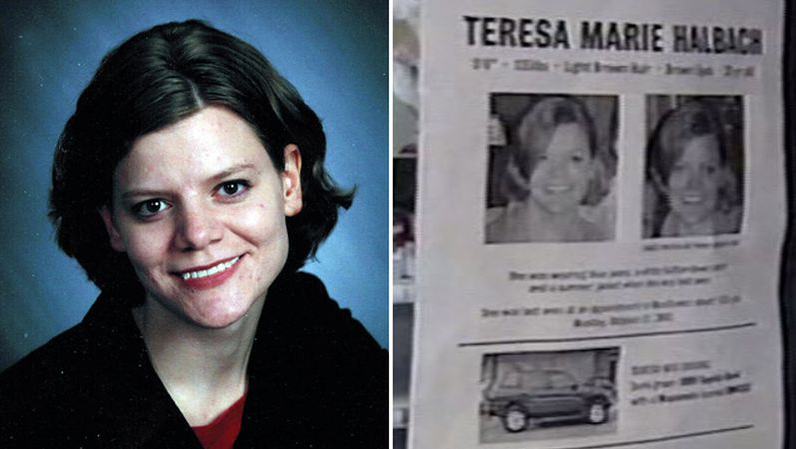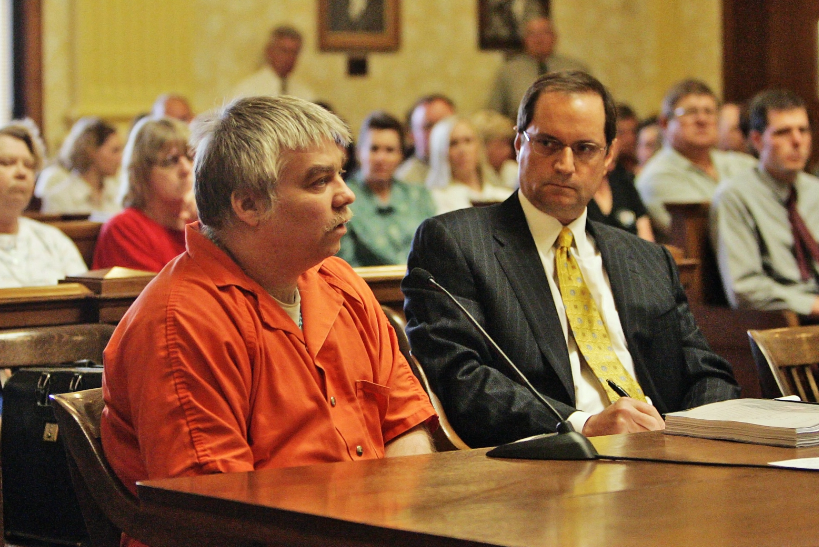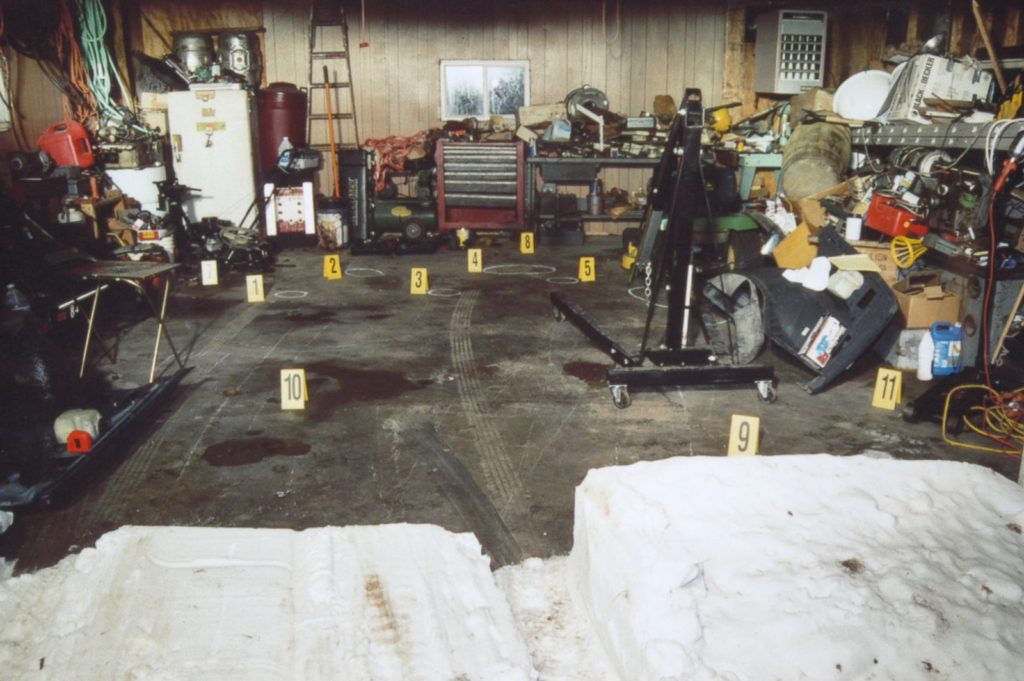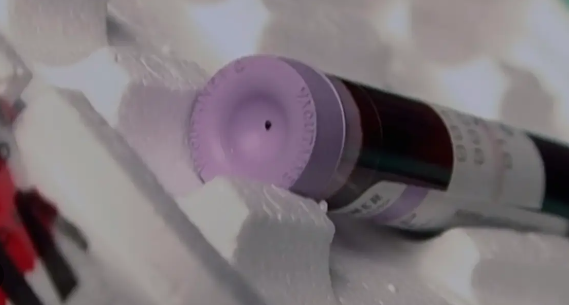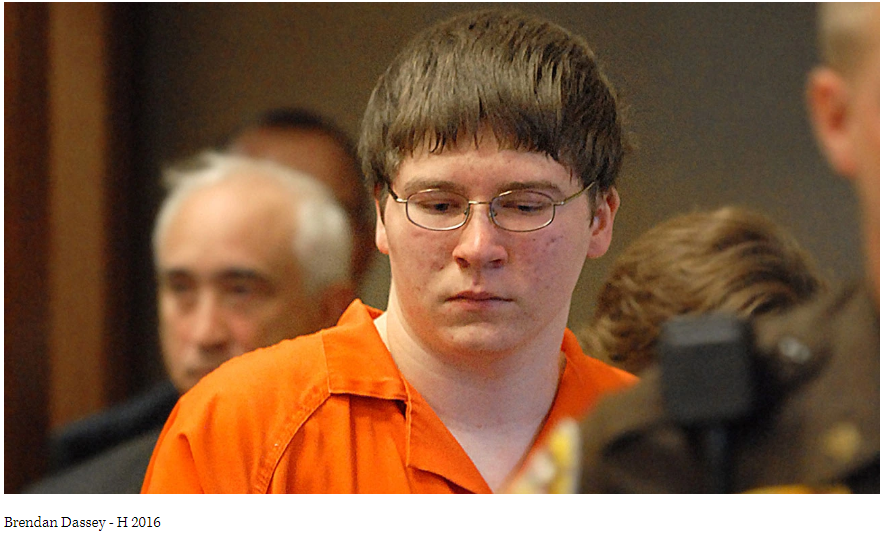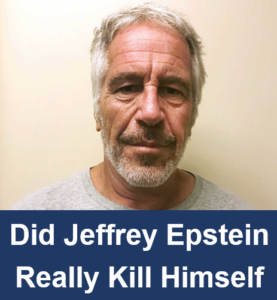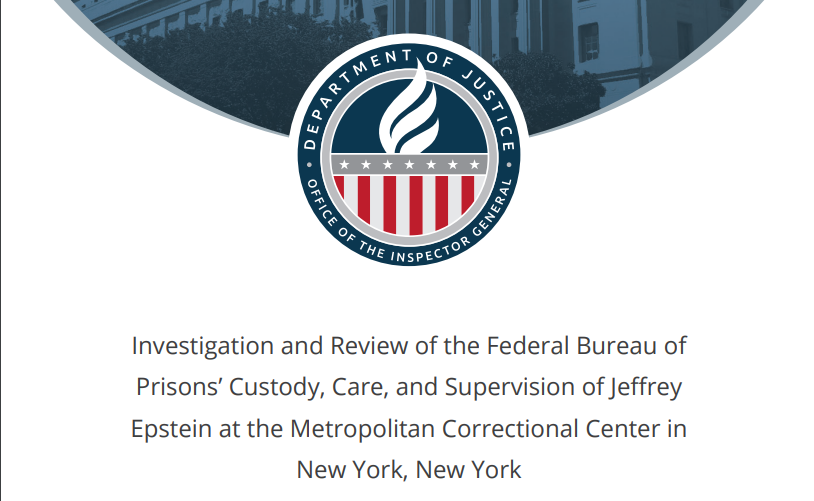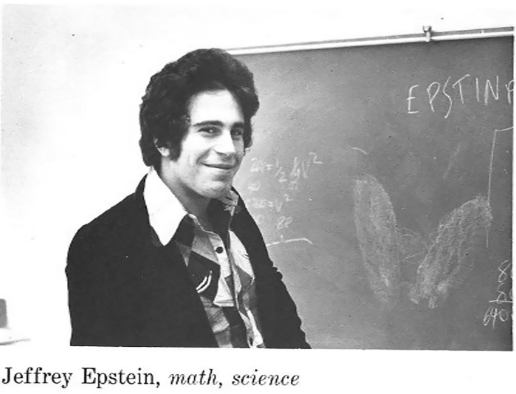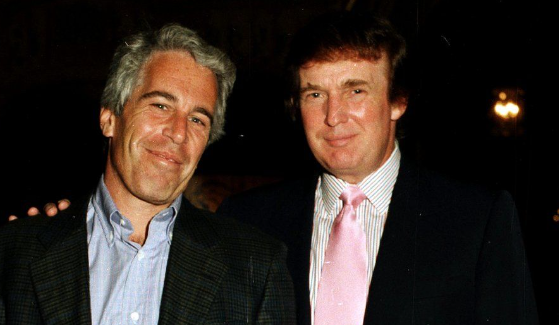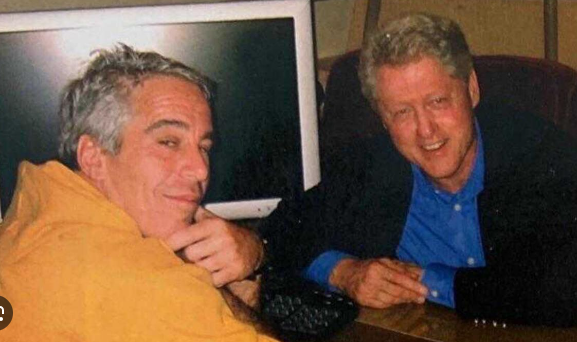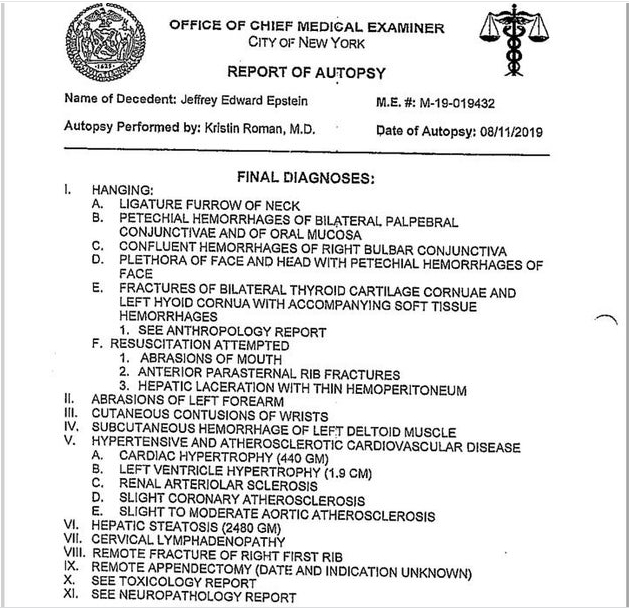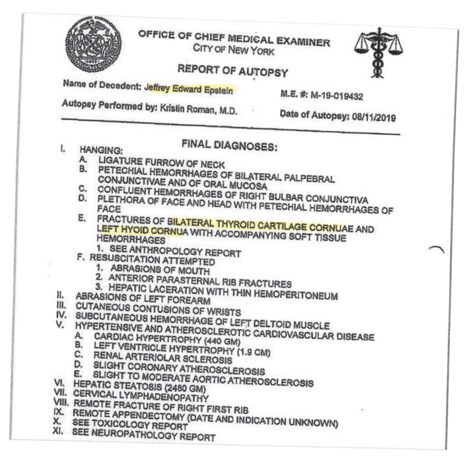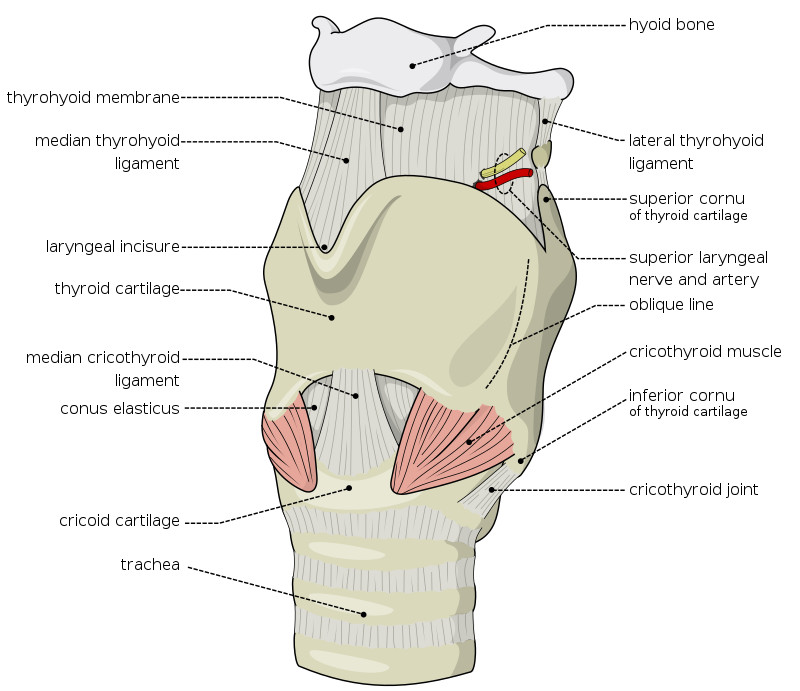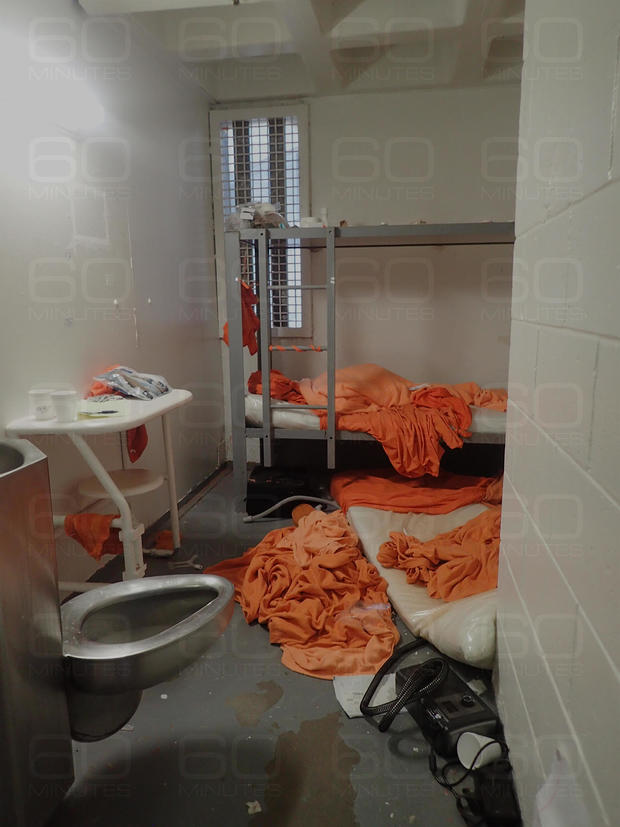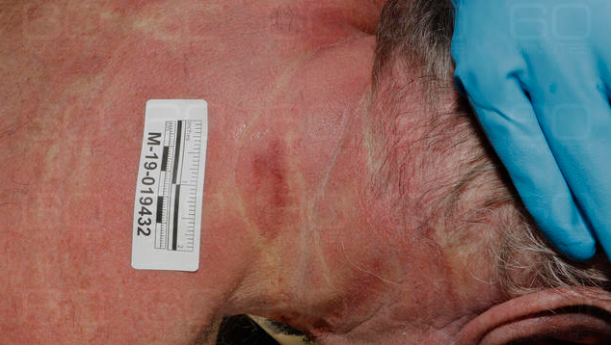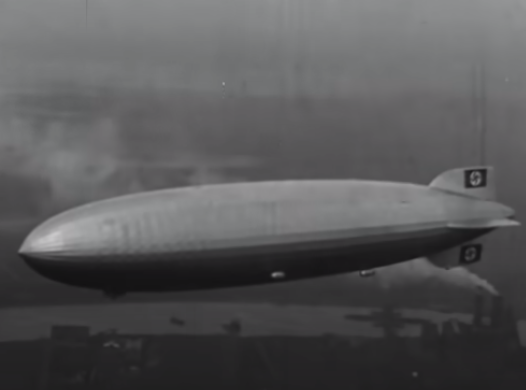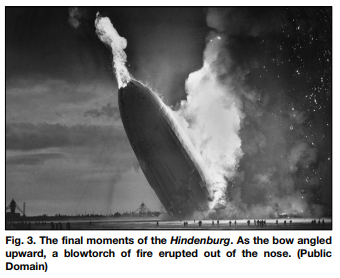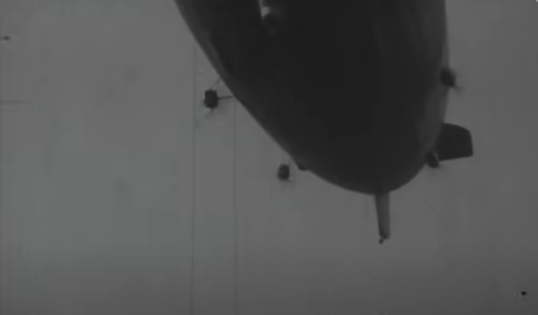 Several years ago, Netflix ran a highly popular series on the case of Steven Avery who was convicted in the 2005 murder of Teresa Halbach that occurred at Manitowoc County, Wisconsin. Despite pleas of innocence and multiple appeals, Avery remains in jail serving a life sentence without the possibility of parole. The series titled Making a Murderer documented the investigation and legal process in such a way that it left many viewers to wonder, “Did police really frame Steven Avery?”
Several years ago, Netflix ran a highly popular series on the case of Steven Avery who was convicted in the 2005 murder of Teresa Halbach that occurred at Manitowoc County, Wisconsin. Despite pleas of innocence and multiple appeals, Avery remains in jail serving a life sentence without the possibility of parole. The series titled Making a Murderer documented the investigation and legal process in such a way that it left many viewers to wonder, “Did police really frame Steven Avery?”
Netflix aired a ten-part series in 2015 that examined Avery’s early life and the events leading to the Halbach murder conviction. The show was so successful that Netflix produced a sequel in 2018, taking on the justice system. The two documentaries have roused both supporters of an innocent man being wrongfully convicted as well as critics claiming the shows were grossly slanted for sensationalism and purposely left out incriminating evidence that proved Avery’s guilt beyond a reasonable doubt.
“Beyond a reasonable doubt.” That’s the standard required by American criminal courts to secure a credible conviction, and that conclusion must be reached through the application of evidence that’s both credible and legally admissible. Planted evidence—false evidence that’s been manufactured and placed to “frame” an accused person—is neither credible nor admissible and is taking the miscarriage of justice to its highest level. Let’s examine the key evidence points in the Teresa Halbach murder case and see if police really framed Steven Avery.
Before diving deep into the evidence, it’s necessary to know a few facts about Steven Avery and how he became involved with Teresa Halbach. Avery was born on July 9, 1962, in Manitowoc County, Wisconsin. From an early age, it was known Avery was a slow developer. His school records reported his IQ at 70 and he dropped out in grade ten.
Steven Avery’s folks owned a business called Avery’s Auto Salvage where he worked doing odd labor jobs. In 1981, he was caught burglarizing a local bar and spent 10 months in jail for it. Upon release, he was charged with animal cruelty for pouring gasoline over a cat and tossing it into a bonfire. This got him another 9 months.
More jail time happened for Steven Avery in 1985 when he forced a woman off the road at gunpoint. (What started this is the woman accused Avery of indecently exposing himself to her.) Avery drew a 6-year sentence for the firearm offense but was granted bail upon an appeal.
While out of custody in late 1985, a woman was raped on a beach near Two Rivers, Wisconsin. Because of the assailant’s description, Avery—well-known to the local police—became a suspect. The victim picked Steven Avery out of a photo lineup. He was charged, convicted, and sentenced to 32 years concurrent to the 6-year firearm term.
In 2003, after serving 18 years, Avery’s sexual assault conviction was overturned when the DNA evidence collected in the Two Rivers case was retested. The sample eliminated Steven Avery as the donor and positively identified another sex offender, Gregory A. Allen, as committing the rape. Avery, a truly wrongfully convicted man, was freed and he launched a $36 million lawsuit against all involved in the justice miscarriage including the Manitowoc County police. (This was later settled at $400,000.)
Steven Avery returned to Manitowoc County and went back to work at his parent’s auto-salvage business. One of Avery’s jobs was to prepare used cars to be sold on Auto Trader which required professionally taken pictures of the vehicles being displayed in the ads. Here’s where Teresa Halbach came in.
Halbach worked as a photographer for a Manitowoc agency. During the summer and fall of 2005, Teresa Halbach made five visits to Avery’s Auto Salvage to shoot cars for Auto Trader. Each time she dealt with Steven Avery, and each time he requested her, personally, to come out and take the photos. She made a sixth trip to meet Steven Avery on the late afternoon of October 31, 2005, and was never seen alive again.
Teresa Halbach’s family reported her as a missing person two days later. Officers from the Manitowoc County police attended Avery’s business on November 3, 2005, as it was the last known point of contact for Halbach. They spoke to Steven Avery who stated Halbach had been there, took her photos, then left in her vehicle—a Toyota RAV4—around 4:30 pm. Avery said he had no idea where she went.
The police were suspicious but had no evidence to expand on. Halbach had vanished. Her vehicle was gone. Her cell phone was inactive, and her bank cards hadn’t been used.
The Manitowoc police returned to Avery’s property on November 5. They found Halbach’s RAV4 partially hidden at the back of the property. Subsequently, they obtained a search warrant and went through the place on November 8. Behind Steven Avery’s detached garage, they found a firepit. It contained the nearly incinerated remains of Teresa Halbach.
The search, and subsequent searches, found considerable evidence showing Avery was criminally connected to murdering Halbach. Before listing and discussing the validity of that evidence, it’s important to know two things.
One is the Manitowoc County police realized the potential conflict of interest in investigating Steven Avery for a serious crime given he currently had the police department and specific officers under a massive lawsuit. They enlisted the help of neighboring Calumet County police as well as the Wisconsin State police for oversight and evidence processing.
The other is the prosecution and defense positions at the trial. The DA posited that Avery intentionally lured Halbach to his property to rape and kill her—that it was planned and premediated which constituted first-degree murder. The State’s case was that Avery shot Halbach in the head inside his garage with a .22 caliber rifle. The bullet exited and remained on the concrete floor. Then he took her body behind the shop and placed it in an earthen pit, burning it using tires as an accelerant. After, he stashed her vehicle and partly covered it as a disguise but kept the ignition key after disabling the battery, cutting himself in the process. Avery also attempted to dispose of Halbach’s cell phone, camera, palm pilot, and purse in a burning barrel close to the fire pit.
The defense’s stance was that all the evidence was phony as it was fabricated and planted by the police to frame Steven Avery.
Here’s a list of the prominent physical evidence admitted in court that secured Steven Avery’s murder conviction:
- A fired.22 caliber bullet containing Teresa Halbach’s DNA — found in the garage.
- A .22 caliber rifle that fired that bullet — found in Avery’s house.
- An ignition key from Halbach’s vehicle containing Avery’s DNA — found in his bedroom.
- Avery’s blood — found in Halbach’s vehicle.
- Halbach’s skull bone fragments — found in the fire pit with an evident gunshot wound consistent with the .22.
- Halbach’s vehicle — found partially hidden on Avery’s property.
- Halbach’s personal effects — found partially burned in the barrel.
Let’s discuss each evidence point and why the Netflix documentary suggested that police had planted the evidence to frame Steven Avery.
The fired .22 bullet.
This was found on the concrete floor of Avery’s garage under a portable air compressor. It was missed in an initial search which led to speculation that the police had returned with it to plant in the framing conspiracy. There’s no question that it was fired by the rifle found in Avery’s house. The crime lab conclusively linked it “with the exclusion of all other firearms.” The lab also conclusively linked DNA from blood on the bullet to Teresa Halbach.
The .22 rifle.
The rifle was a Marlin Glenfield model. There was a serial number on it however there was no link to Steven Avery as it was not the type of firearm requiring registration. It was simply hanging on a wall inside Avery’s house. The rifle was not seized during the initial house search. That’s because the bullet hadn’t been found yet, and there was no nexus to the rifle. The crime lab conclusively linked the Marlin .22 as having fired the bullet with Halbach’s DNA on it “with the exclusion of all other firearms”.
The RAV4 ignition key with Avery’s DNA.
This is one of the most hotly contested evidence points in the case. That’s because it was found in Avery’s bedroom—allegedly in plain sight—after police had searched the room twice before. And it was found by one of the Manitowoc officers who was named in Avery’s suit and who had recently ben deposed in a hearing associated with the lawsuit. The crime lab positively identified Avery’s DNA on the key fob and classified it as trace DNA originating from Avery’s sweat.
Avery’s blood found in Halbach’s vehicle.
This is another contentious issue. Blood smears, identified through DNA as originating from Avery, were found on Holbach’s ignition switch, a CD case, on both front seats, and on the hood opening latch. An officer noted a cut on Avery’s right middle finger when he was initially interviewed about Halbach’s disappearance.
Avery’s defense team and the Netflix documentary made a lot of mileage with suggestions that the police had obtained a sample of Avery’s blood and planted it on the vehicle. Their theory had some basis to it. During the post-investigation, a vial of Steven Avery’s blood was found in the Manitowoc police evidence locker. It was taken during the 1985 sexual assault investigation where he was wrongfully convicted and had remained locked up over the years.
Something highly suspicious was around that vial. It was found that the evidence anti-tampering seal had been broken on the storage box and a needle hole was observed having punctured the rubber stopper. Here was the holy tampering grail the defense and the documentary thought they had found. Someone within the police custody chain had taken a syringe of Avery’s blood and smeared it about the RAV4.
“Not so fast,” said the DA. “Back up here and examine the chain of custody ledger. It shows that during the reinvestigation of Avery’s sexual assault conviction, the crime lab had obtained that vial to use a sample of Avery’s blood to extract DNA used to exonerate him. Nothing to see here but we’ll go a step further.”
The vial holding Steven Avery’s blood was a Vacu-tainer that contained an anti-coagulate preservative called ethylenediamine-tetraacetic acid or EDTA for short. This stabilized the blood to keep it stored in the sealed container. To put a rest to the planted blood accusation, the FBI ran a sophisticated test on the six smears found in Halbach’s SUV. There was no trace of EDTA found in those smears concluding that the smears, although positively from Avery, could not have been syringed from the Vacu-tainer and clandestinely placed in the victim’s vehicle.
Halbach’s skull bone fragments.
Two fragments of Teresa Halbach’s skull bone displayed a hole consistent with a .22 caliber gunshot wound. Each half showed a crescent defect that when placed together formed an entire circle. On the inside of the bones was a notable beveling which is caused by the bullet entering from the outer surface, passing through, and blowing out the inner edges along the circumference of the passageway. The significance of this gunshot evidence is a clear nexus to Avery’s guilt—a hole in her head of .22 diameter, a fired.22 bullet with her DNA on it, and the .22 rifle firing the bullet that caused the gunshot wound hanging in Avery’s house.
Halbach’s vehicle found on Avery’s property.
Halbach’s Toyota was found near the rear of the Avery property that measured 80 acres. It was along a fence line and partially hidden with brush and assorted plywood pieces around the sides, making it somewhat hard to see. The keys were out and the battery had been disconnected. This was an obvious attempt at concealment which is consistent with mens rea or a guilty mind.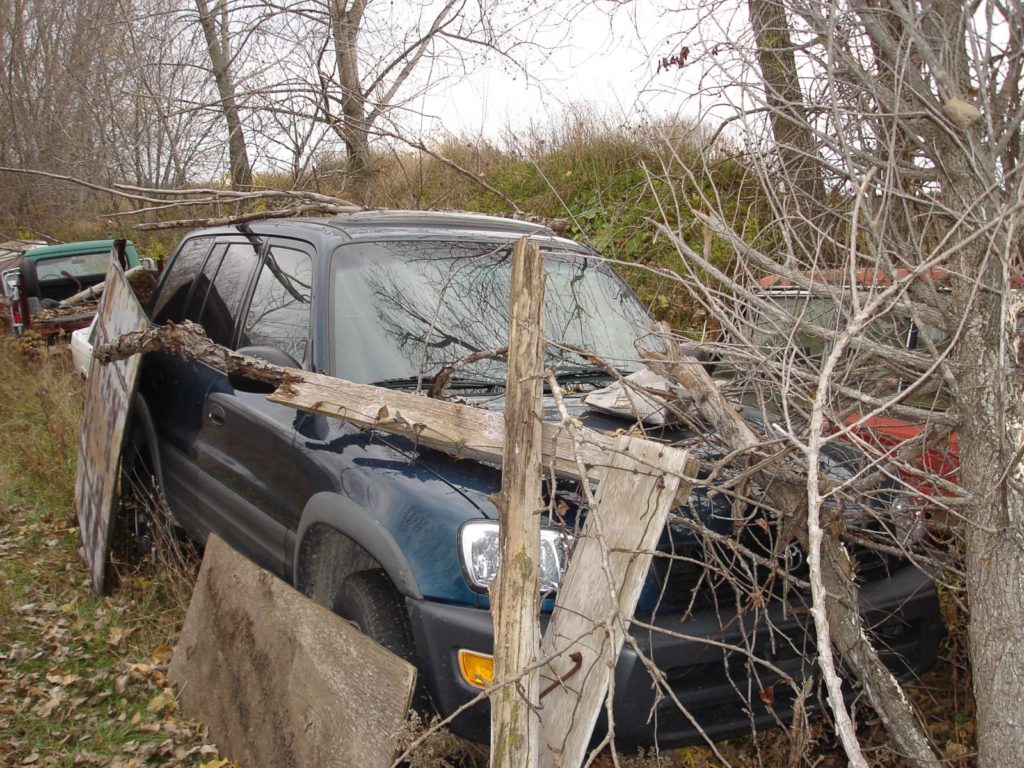
Halbach’s personal effects found in the barrel.
Again, this was another sign of a guilty mind with an attempt at destroying evidence linking Halbach’s disappearance to Avery. Why they weren’t burnt along with the body, no one seems to know. By the way, Steven Avery never confessed which leads to the biggest controversy in the entire story—one the Netflix documentary Making a Murderer covers in depth and that may have true basis to confirming a massive miscarriage of justice.
Brendan Dassey’s confession in assisting Steven Avery to murder Teresa Halbach.
Anyone who has looked at anything evidentiary in the Avery-Halbach case knows that Stephen Avery’s younger cousin, Brendan Dassey confessed to detectives that he helped Avery restrain, sexually assault, and kill Teresa Halbach, then assisted him with disposing of the body and cleaning the garage.
While I’m completely satisfied that Steven Avery is guilty beyond a reasonable doubt of murdering Teresa Halbach, and police in no way fabricated and/or planted evidence to frame Avery, I have severe doubts about the validity of Brendan Dassey’s confession. Apparently, it’s been used as the uncorroborated sole evidence to convict Dassey as complicit in the crime and hand him a life sentence, however with a parole chance in 2048. The possibility of this being a classic case of psychologically manipulating a low-intelligence person into falsely confessing is high. Very high.
In fact, the Dassey confession is so controversial that I’m going to devote a separate blog post to it in Did Brendan Dassey Really Help Steven Avery Murder Teresa Halbach? Watch for this on DyingWords.net two weeks from today.


